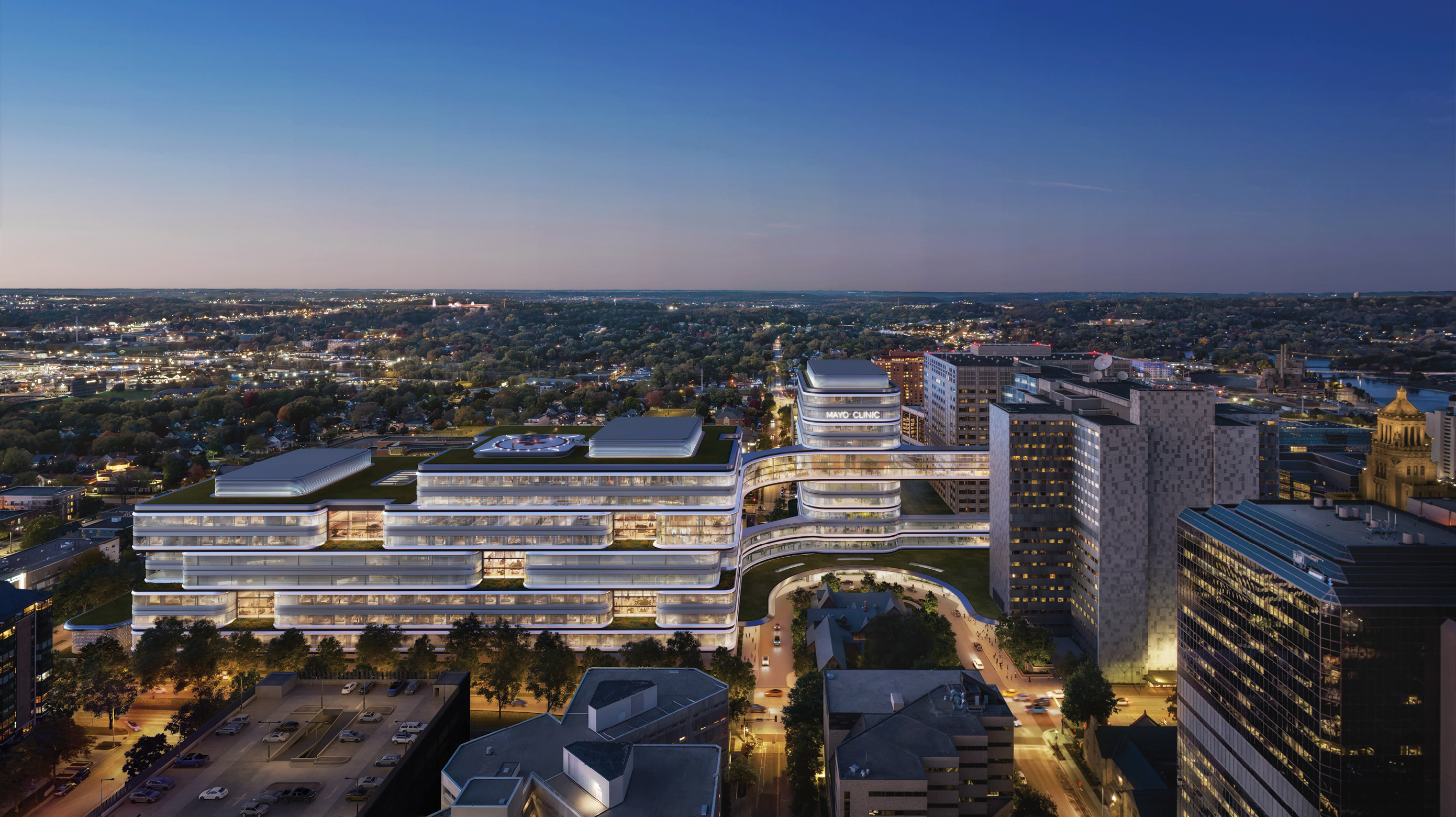Minnesota manufacturers are cautiously optimistic about 2024, according to the Minnesota Manufacturing Business Conditions Survey, the results of which were announced in February. Organized annually by the Minnesota Department of Employment and Economic Development (DEED) and the Federal Reserve Bank of Minneapolis, the survey asks respondents to rate the outlook for their business in 2024 compared to performance in 2023 in terms of number of orders, product/service production level, employment level, labor availability, investment in plant/equipment, selling prices, profits, productivity and exports, according to a DEED statement.
DEED says respondents indicated they expect to see modest expansion in profits, number of orders, productivity and product/service production levels. Labor availability remains a concern, although the outlook shows improvement compared to their previous year’s performance. Expectations for employment levels and exports in 2024 are slightly higher, and the outlook for selling prices, while still strong, fell over the year.
“Last fall, DEED launched Drive for Five, a major new initiative to prepare more Minnesotans for high-demand jobs in five occupational categories, including manufacturing,” said DEED Commissioner Matt Varilek. (The other four are technology, the trades, caring professions and education). “We also provide grant support to manufacturers for numerous job skills training partnership programs — including the Minnesota Job Skills Partnership, Job Training Incentive Program and Automation Training Incentive Program — which help ensure new and current workers have the necessary skills for new and emerging manufacturing and operations technology.”
The significant changes for respondents’ outlook for 2024 compared to actual indicators for 2023 include:
- Seventy-seven percent expect profits to be the same or higher in 2024, compared to 48% in 2023;
- Seventy-one percent expect number of orders to be same or higher in 2024, compared to 46% in 2023;
- Eighty-three percent expect product/service production levels to be the same or higher in 2024, compared to 69% in 2023; and
- Eighty-six percent expect productivity to be the same or higher in 2024, compared to 76% in 2023.
This latest survey, conducted in November and December 2023 and resulting in a response rate of 25%, included for the first time a question about companies’ use of artificial intelligence (AI):

Don’t Hold the Mayo

A $5 billion reimagining of the Mayo Clinic campus in Rochester will feature 2.4 million sq. ft. of new buildings and a “neighborhood” design concept.
Images courtesy of Mayo Clinic
Five days after Thanksgiving last year, Mayo Clinic’s Board of Trustees approved a $5 billion vision that will have patients, staff and the entire region of Rochester, Minnesota, giving thanks for years to come.
The initiative is branded with three words and three periods for emphasis: “Bold. Forward. Unbound.”
The reimagining of Mayo Clinic’s downtown footprint builds on the idea of community-centered neighborhoods connecting both horizontally and vertically across a campus that will welcome 2.4 million sq. ft. of new buildings.
Mayo Clinic President and CEO Gianrico Farrugia, M.D., said the project “will enable transformation by blurring the lines across hospital, clinic and digital care to help our teams anticipate our patients’ needs, accelerate more cures and greater connections to our patients.”

Amy W. Williams, M.D., Executive Dean of Practice, Mayo Clinic
Helping blur those lines is a “flexible grid” approach that the organization said will be the first of its kind. “In a typical hospital building, certain floors and spaces are designed for surgery, others for hospital beds, and others for imaging support,” a Mayo Clinic release explained. “All have different specifications, like ceiling heights and materials. In Mayo Clinic’s new clinical buildings, specific spaces or entire floors will be able to shift from patient room to operating room to diagnostic imaging suite as needs change over time.” A new logistics center will be constructed at the former site of Lourdes High School, in part to ensure that clinical space is only used for patient care.
Some new facilities could open as soon as 2028, with the goal of completion by 2030.
The overall focus meshes well with one of Minnesota DEED’s five sectors of focus in its “Drive for Five” initiative launched in 2023: the caring professions.
“Our new facilities are focused on keeping both patients and staff at the heart of the care experience,” said Amy W. Williams, M.D., executive dean of practice for Mayo Clinic. “Our vision includes putting everything a patient needs, including labs, imaging, consultations and treatments, near each other in unified care neighborhoods, which both streamlines the patient experience and better supports our team-based care model. We see a future state where the care we provide is so continuous — and supported by emerging technologies that connect us more meaningfully to patients — that the very definitions of ‘hospital’ and ‘clinic’ are blurred, leading to further innovation and transformation.” — Adam Bruns
